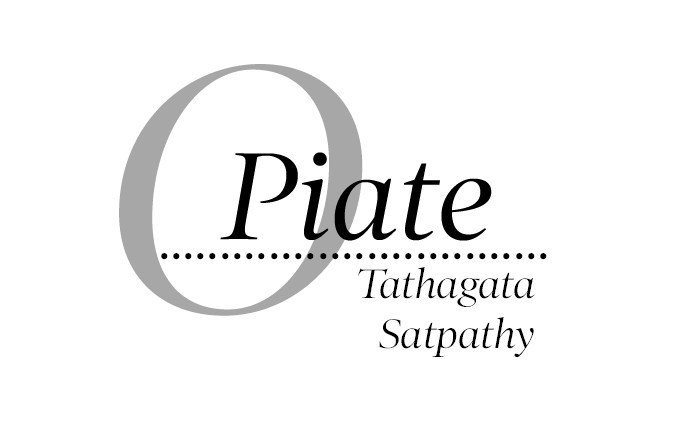Let the games begin! This used to be the Roman phrase for letting the hungry lions enter the arena to fight slaves. Today, in India, we seem to be going back to the Roman mindset. If we look back into history, India as well as the world has encountered many epidemics. Spanish flu, cholera, plague, swine flu, small pox as well as diseases that do not strictly fall into epidemic category such as malaria, polio, tuberculosis, leprosy and such have always made the administration dole out free medical assistance in the form of vaccines, medicines and hospitalization. There have been reports about patients of different castes and religions receiving differential treatment during the Spanish flu pandemic in India. However, there is no record of government fixing prices of essential lifesaving vaccines or medicines for epidemics and large scale contagious diseases. Children receiving polio drops have been common knowledge for long many years. Similarly, leprosy patients being administered MDT tablets is also known. All such medicines have always been free for citizens globally and not just in India. Rather, India has gone a few steps ahead by ensuring leprosy patients take their MDT tablets on a regular basis by involving the VLWs (Village Level Workers) in distribution of the medicines.
Move forward to the present day. India is hitting global headlines because of dire shortage of not only oxygen and hospital beds but also vaccines during this Covid-19 pandemic. While some claim this is a second wave with double and triple mutants, others assert the first wave continues while the virus is constantly mutating. With this in the backdrop, the Supreme Court of India has suddenly woken up to the situation and is claiming that it can no longer remain a mute spectator. Notably, the SC could not respond in time to the plight of citizens, especially the migrant labour force, after the sudden national shutdown announced by Prime Minister Modi last year. This year too, after a long delay, the SC has asked the government to give complete details based on which the costing of the vaccines have been computed.
The exercise for the life saving vaccination of every citizen has been under discussion in all countries across the world. Interestingly, all nations are offering free double dose of the vaccines to their citizens. India, which till the other day, was boasting of its ability to produce large number of vaccines and claimed it could also export vaccines worldwide, is now failing to meet its home demand. On top of that, the unspoken promise of free vaccination has now sunk into discussion of cost per unit. The shortage of vaccines is evident in a state like Orissa where AstraZeneca’s Covishield produced by Serum Institute of India has completely disappeared even in a place like Cuttack. State government has officially declared almost all vaccination centres shut. That apart, private hospitals too have depleted their stocks and are turning away people who wish to have their first or even their second jabs.
It is necessary to analyse why such a situation has arisen. The moment people in power demanded that the Central government permit releasing 50 percent of the vaccines to the open market, the free vaccines simply vanished from the centres. Most citizens would be aware that government supplied free medicines are usually plundered and sold to the black market by the concerned officials. It is also a known fact that even gauze, cotton, syringes and such supplies to government hospitals find their way to the select few medicine shops strategically located across the street. Now, with the situation of life and death in a balance for everyone, the concept of half paid and half free will create an immense scope for huge amounts of illegal money to be made. In the process, those who can afford the jabs will be forced to pay a much higher price while majority of the poor and indigent will not be able to access the free portion of the jabs that is their due. It needs no reminding that most families in India have single bread earners. The bulk of employed youth in urban and semi-urban India are barely able to make both ends meet. It would be near impossible for this segment to afford vaccines at a cost of Rs 600 or Rs 1200 for themselves and their families. Apart from this, rural India has a majority of population living below poverty line. Resultantly, these huge sections of citizens would opt out of a high cost vaccine and take chances with their lives. This will ensure the pandemic continues in India for a long time and extracts a heavy toll on human lives and the economy.
